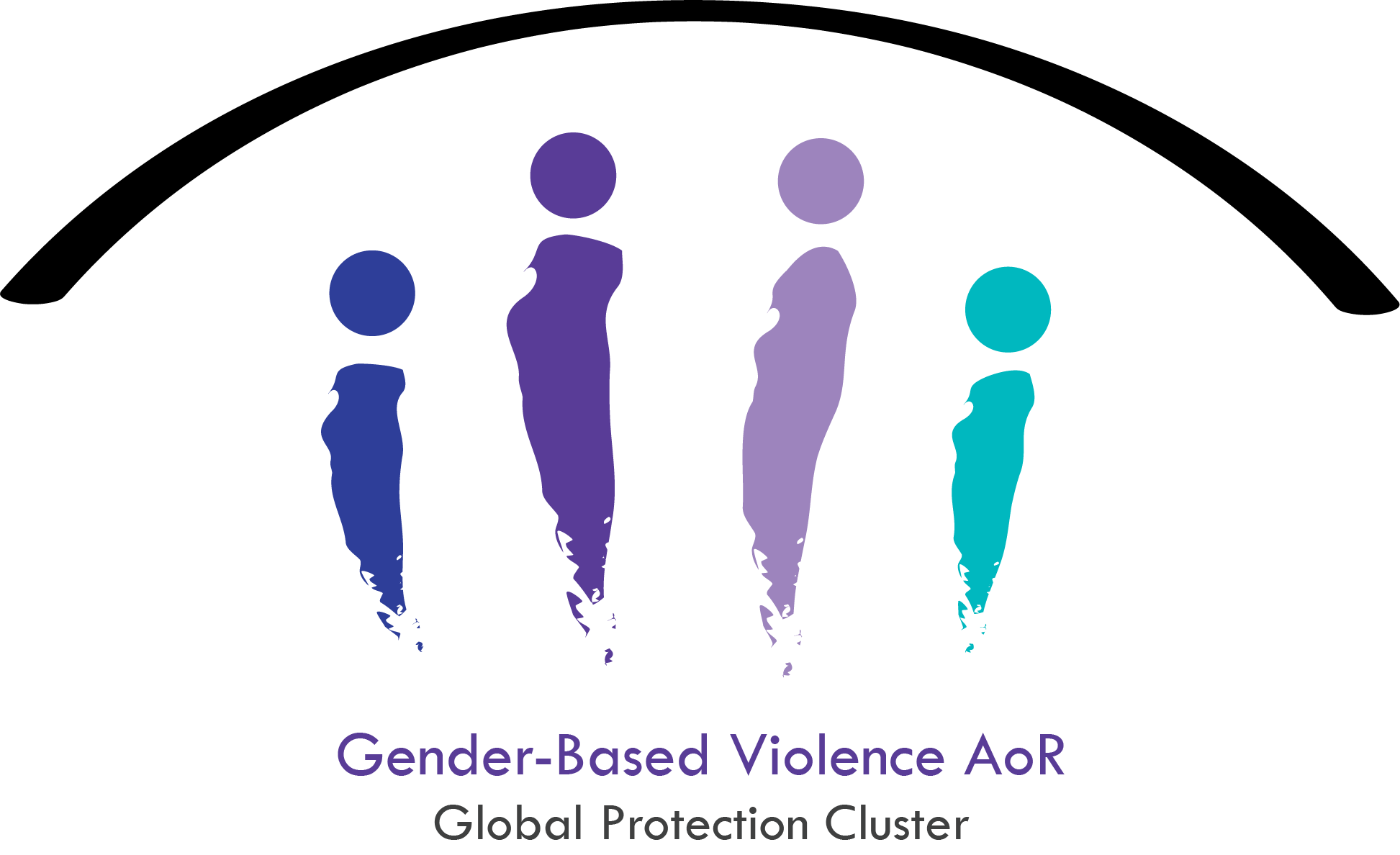Regional trends of risks & needs for women and girls in emergencies
Women in parts of Somalia, Ethiopia and Kenya are fighting to keep their families alive amidst devastating drought caused by cyclical below-average rains. While there are many cultural differences that help distinguish the role of women and girls in each of these countries, there are also many similarities that bind them together in this time of crisis. Historically, throughout the affected regions, women and girls are responsible for all household-related activities such as fetching water, gathering and preparing food, cultivating gardens, raising certain types of livestock and caring for children. Women and girls often must travel long distances to fetch water in the drought-affected areas. Travelling these long distances creates overlapping protection concerns. Girls are leaving their homes late at night to arrive at water points early in the morning.
Climate change & protracted displacement
Countries in Southern Africa, such as Mozambique, Madagascar and Malawi continue to suffer from unprecedented numbers of tropical storms that have led to flooding, destruction of infrastructure and livelihoods. The sad reality is that the vulnerabilities and risks of GBV that women and girls face in situations of drought and floods are virtually the same. Many countries in the region, such as Somalia, Ethiopia, Burundi and South Sudan, are in the dubious position of responding to chronic natural disasters in conflict zones, with significant populations in displacement (DTM dashboard, IOM)
GBV manifestation and trends
Incidences of GBV are known to increase in times of crisis, particularly in societies that reinforce patriarchal-ascribed gender stereotypes. The drought has forced women to make agonizing decisions about how often their children eat, the amount of water they are able to consume in a day, whether they can continue to attend school and the overall protection of their families. These types of vulnerabilities have led to increased rates of gender-based violence, particularly sexual exploitation and abuse and intimate partner violence (IPV).
GBV IMS / harmonized case management information management system
Among the 7 countries with IASC activated GBV sub-clusters, 3 are with GBV IMS or a national IM system in place. According to GBV IMS data (Somalia and South Sudan) and Demographic Health Survey reports IPV, or physical violence perpetrated by an intimate partner is generally the most prevalent type of reported violence perpetrated against women and girls. The East and Southern Africa GBV AoR will continue its support for more countries to have a harmonized case management information management system in place for improved monitoring of quality responses and trends of GBV manifestation.
Regional GBV Working Group
The Regional GBV Working Group for East and Southern Africa is co-chaired by the GBV Area of Responsibility (AoR) and CARE International. The Working Group is composed of 28 UN/INGO member organizations that focus on 4 regional work streams or pillars: Advocacy, Intersectionality, Information Management and Preparedness/Risk Mitigation.
The Working Group prioritizes country-level support to contexts that have active cluster systems, specifically GBV coordination mechanisms. This includes Burundi, DRC, Ethiopia, Mozambique, Somalia and Zimbabwe In the east and southern Africa region.
This dashboard aims to serve as a platform to highlight regional trends of risks, needs and voices of women and girls in humanitarian contexts. It also attempts to provide an analysis of how IASC GBV Minimum Standards are being upheld with the efforts of all partners working under the GBV sub-clusters/AoRs in the region.
